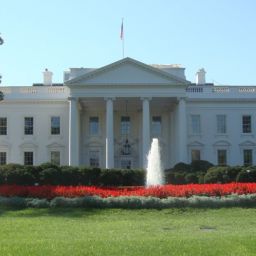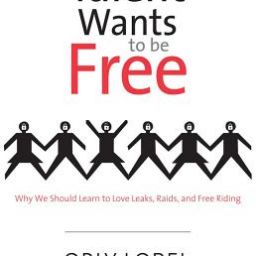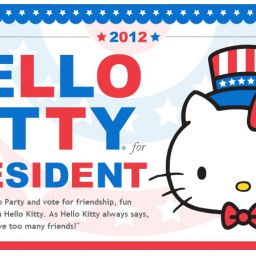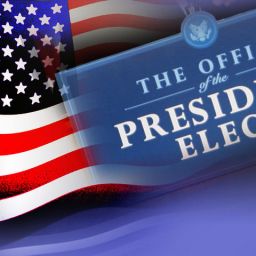Memes in Digital Culture by Limor Shifman is another great addition to the MIT Press Essential Knowledge Series. This book doesn’t dive the deepest, but it lays out all of the important issues well enough for anyone to understand why memes are so sticky — from a college student to an interested grandparent in why kids these days are making wacky cat videos.
Shifman spends the time in this short volume describing what is the difference between memes and virality:
Viral comprises a single cultural unit (such as a video, photo, or joke) that propagates in many copies, an Internet meme is always a collection of texts. … A single video is not an Internet meme but part of a meme – one manifestation of a group of texts that together can be described as the meme. … mememic content is … a living and changing entity that is incorporated in the body and mind of its hosts.

While the book does a great job of covering memes from a communications/media perspective, there is nary a mention of the impact of law, including copyright. The lack of mention of copyright is especially noteworthy considering that while there are a few word & picture meme examples in the book, some of the most discussed memes are videos, videos that are mentioned without direct links – and considering present YouTube Content ID takedowns, many of the examples mentioned may already not be available – and are likely to be less available in the future.
Finally, the final flaw in this introductory text is a lack of analysis on the differential aspects of memes regarding subcultures and cross-culturally. There is both a chapter on global memes and a discussion of Gangnam Style, but I wanted more – likely not possible in such a short guide, however.
Overall Summary: Memes in Digital Culture is a great overview of the impact of memes in online culture. Other recommended books I’ve read in the series include Open Access by Peter Suber & Intellectual Property by John Palfrey, so I hope the series continues to add more these important brief summaries.









[…] Limor Shifman’s book, Memes in Digital Culture (reviewed here) Shifman presents the idea of the three factors that facilitate the spread of viral and memetic […]